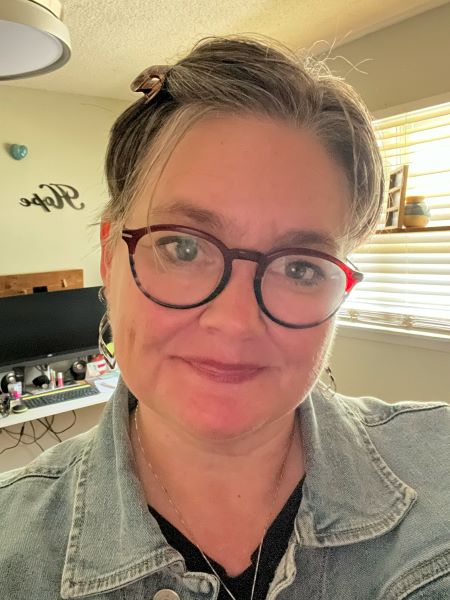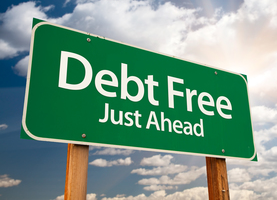by Hope
Continuing on with my series this month to detail where the house proceeds went. You can find Part 1: My Car here.
Lumping two similar spends into one with this post. And these will come as no surprise to the BAD Community…
First, I paid for a week long family visit over Princess’ graduation. We stayed in a hotel for 3 nights. And we had two rooms. We ate out at least once a day. We went to Top Golf, the movies, and a museum. I also paid for a graduation cake for Princess.
Second, I paid for a wine tasting tour here in Texas for Princess’ 21st birthday. Well, I didn’t pay for an organized wine tour. I paid for wine tastings at three different wineries. She came for 10 days post-graduation, bringing a college friend along for a few days. And the two of them, plus my sister and I took a day and visited 3 wineries in the Hill Country.

 Family Week in Georgia
Family Week in Georgia
All five of my kids, plus Beauty’s fiance, plus one of my brothers and his girlfriend gathered in Atlanta to celebrate Princess’ college graduation. So these costs cover 9 of us.
Each of the kids paid for their own travel, their own alcohol, and some activities while they were here.
Hotel: $982
Meals, Entertainment, & Top Golf: $2,128
Total Cost: $3,110
Brother/Girlfriend Contributed: $450
Kids Contributed: $150
My total spend: $2,510
Princess Birthday in Texas
Princess and her best friend from college came towards the end of June. We had planned a “wine” tour for her birthday. It was her present from me for her 21st. And it was kind of a girl’s trip with my sister.
Hotel: $329
Wine Tour: $340 (this does include 1 bottle of wine that I purchased and shipped to her apartment so she could have a bottle of the first wine she ever had in a tasting)
Meals: $217 (these are the ones I paid for, my sister paid for a couple of meals as well)
Total spend: $886
Before you ask, we chose a hotel in downtown Austin for two reasons (vs staying at my parents). My dad/parents are teetotalers. Never drink, never have it in the house, and don’t approve. So out of respect, I didn’t want the girls there on days they were drinking.
Our original plan was to find a small town, stay in a bed and breakfast, and pay for a wine tour company. But after my sister and I did the research, it just didn’t make sense. I don’t drink so no reason for me not to drive.
Staying within walking distance of two of my brothers’ places, meant we could meet up for meals. And the girls could go out at night without me needing to drive them or them needing to drive.
It was a very fun couple of days. Then Princess and her friend kept my car and moved to Gymnast apartment for the duration of the stay.
How Much Did All this Cost?
The total spent out of the house proceeds for these two events was $3,396.
Could we have done it cheaper, yes.
Would it still be as memorable, yes.
Do I wish I had done a few things different, most definitely! In my defense, the last months in the house were excruciatingly hard mentally. I am typically spot on with planning and finding fun and cheap. But I just struggled so much. That both of these events were very last minute and unplanned. Very odd for me.
But do I regret even a single minute spent making memories with my kiddos? Absolutely not.
After this second part in my How I Spent the House Proceeds series, I’ve now detailed out: $5,539. More to come…

Hope is a resourceful and solutions-driven business manager who has spent nearly two decades helping clients streamline their operations and grow their businesses through project management, digital marketing, and tech expertise. Recently transitioning from her role as a single mom of five foster/adoptive children to an empty nester, Hope is navigating the emotional and practical challenges of redefining her life while maintaining her determination to regain financial control and eliminate debt.
Living in a cozy small town in northeast Georgia with her three dogs, Hope cherishes the serenity of the mountains over the bustle of the beach. Though her kids are now finding their footing in the world—pursuing education, careers, and independence—she remains deeply committed to supporting them in this next chapter, even as she faces the bittersweet tug of letting go.
Since joining the Blogging Away Debt community in 2015, Hope has candidly shared her journey of financial ups and downs. Now, with a renewed focus and a clear path ahead, she’s ready to tackle her finances with the same passion and perseverance that she’s brought to her life and career. Through her writing, she continues to inspire others to confront their own financial challenges and strive for a brighter future.





